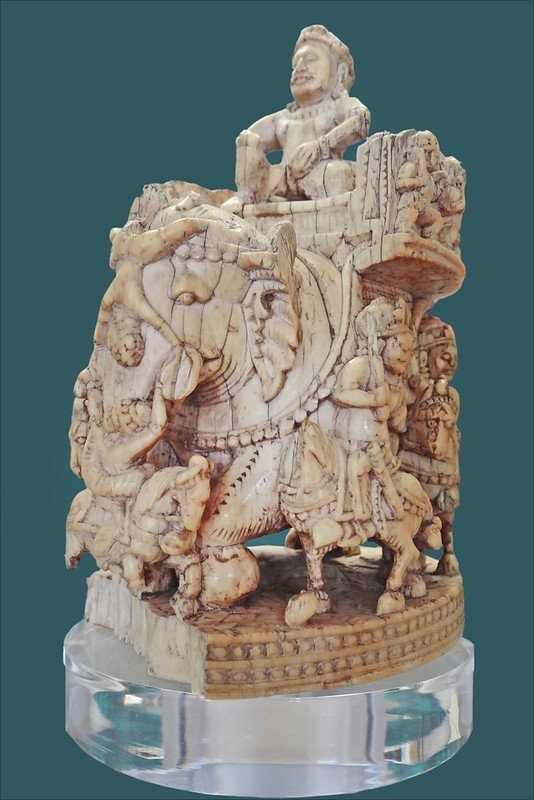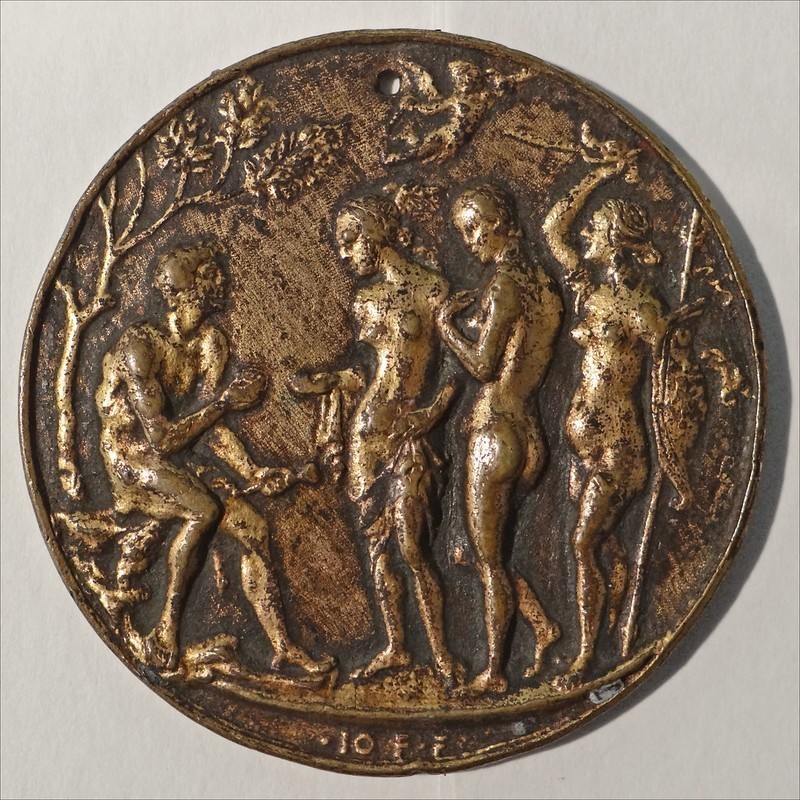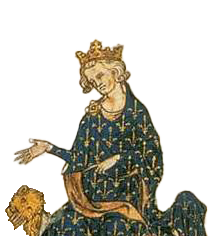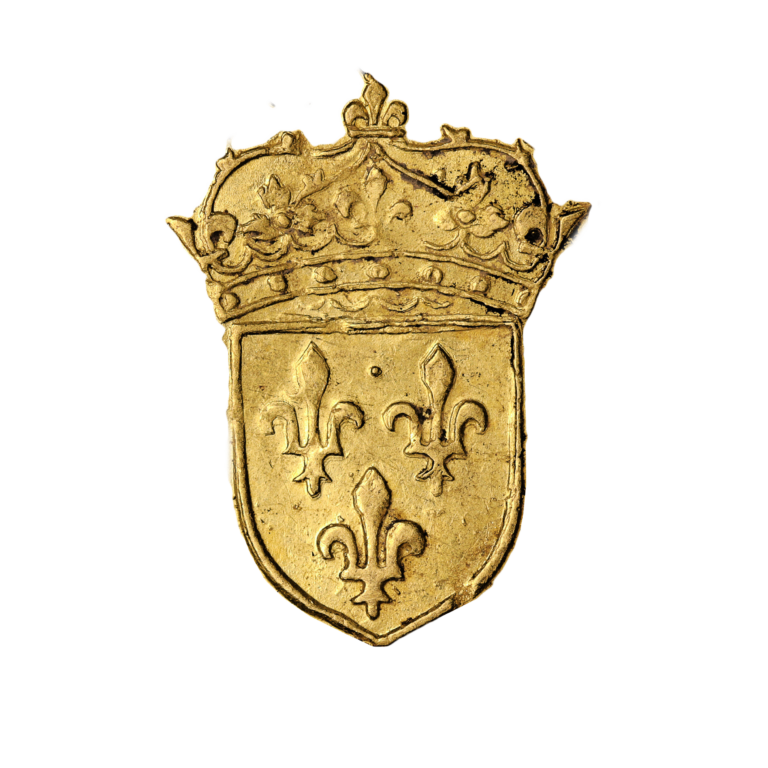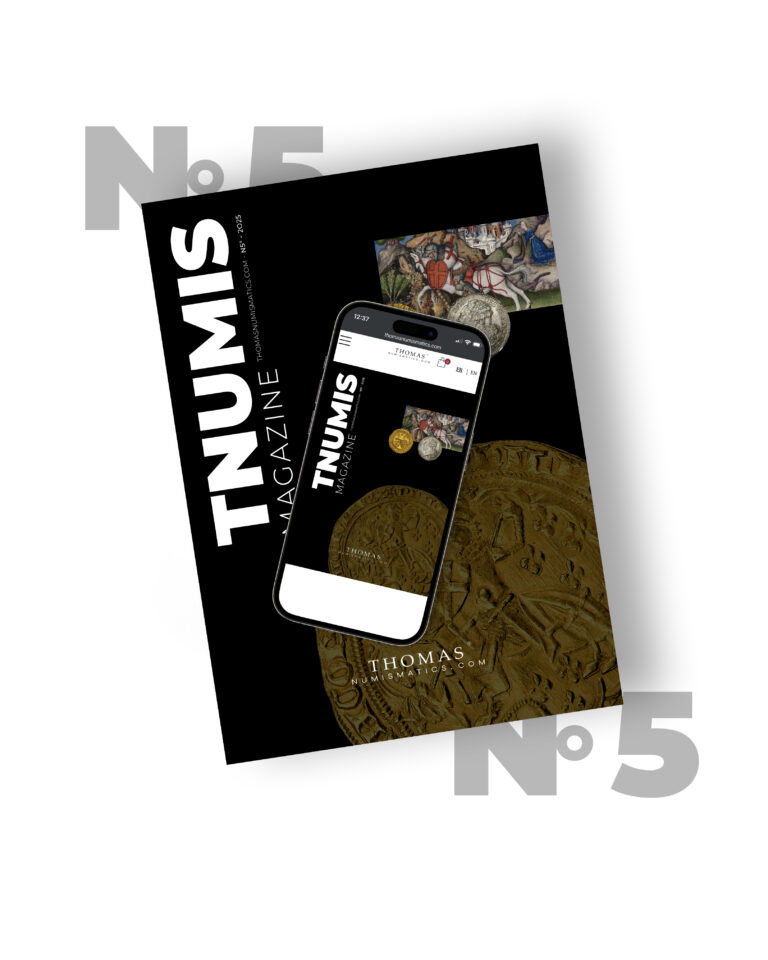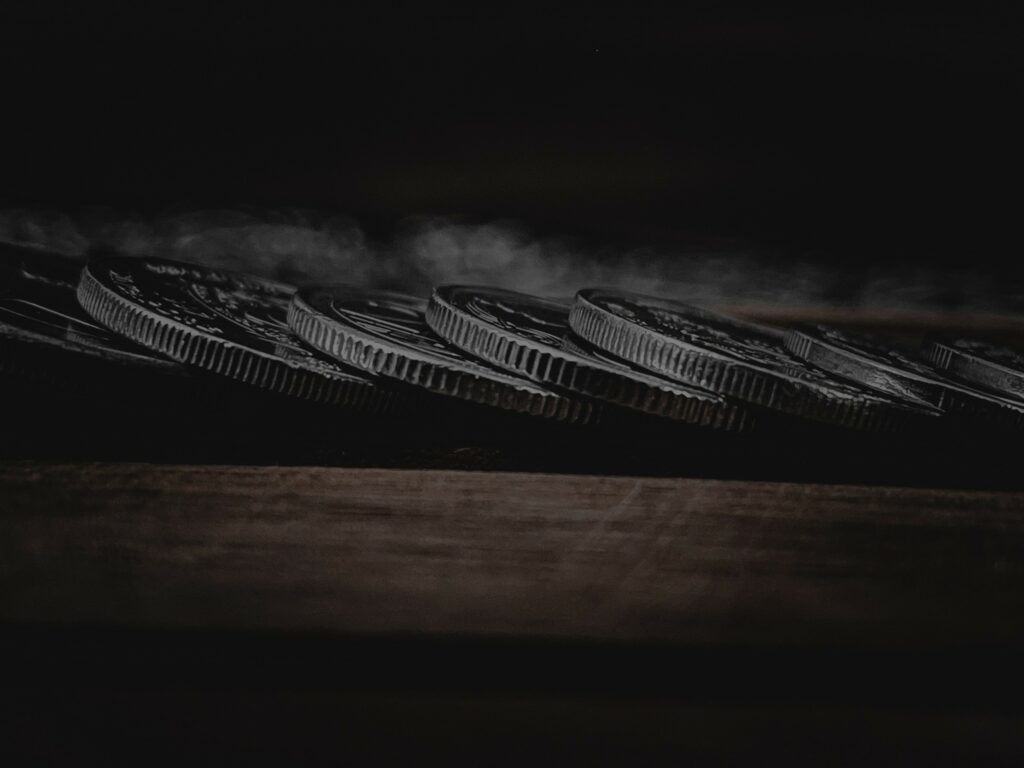
Discover all the news and articles from TNUMIS Magazine exclusively
Cabinet of Medals
The former Cabinet of Medals (Cabinet des Médailles), now called the Department of Coins, Medals and Antiques, houses all the numismatic and antiquities collections of the Bibliothèque Nationale de France (National Library of France). Its premises are located on the eponymous site, with one entrance on rue Vivienne and another on rue de Richelieu, in the second arrondissement of Paris. Its role is to preserve and develop the national collections, but also to share and communicate about numismatics.
History of the Cabinet des Médailles
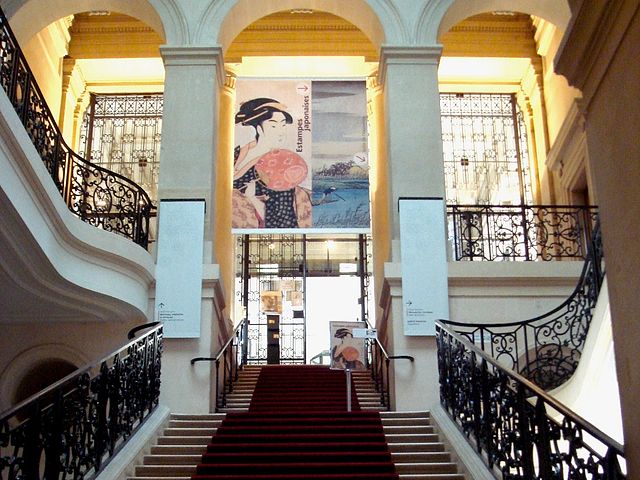
Heir to the king’s cabinet, this department tells a story that began a long time ago, with the collections of the sovereigns of France. Considered one of the oldest museums in France, it opened its doors in the middle of the 18th century to intellectuals, then to the general public during the Revolution in 1791.
Already in the Middle Ages, Philippe Auguste, Jean le Bon and Charles V kept priceless and sought-after objects in their personal collections. The famous medals, i.e. the coins of Antiquity, were part of it. These treasures were collected for the pleasure of the king and his relatives, but also as a reserve of metal.
François I made a real museum of it in his castle of Fontainebleau. Catherine de Medicis continued to add to this heritage. Charles IX was the first to appoint a guard responsible for the collections.
The king’s cabinet took on a new dimension under Louis XIV. His uncle, Gaston d’Orléans, bequeathed him his cabinet of curiosities and he completed it with numerous acquisitions in France and abroad. He had his collection repatriated from the library on rue Vivienne to the Château de Versailles, where he had a room set aside for it. An inventory was published and illustrated publications were written by art historians and other specialists. The collection remained in Versailles until the 18th century, when it returned to the second arrondissement. The “Salon Louis XV” opened to the public in 1741. Jules-Robert de Cotte had fitted it out during the twenty years preceding its opening.
The Cabinet of Medals became more and more famous and private donations and legacies kept enriching it during the XIX and XX centuries. For example, Abbé Barthélemy bought the 32,500 ancient Greek coins of the numismatist Joseph Pellerin to give to the museum, the Count of Caylus bequeathed his collection of antiques, and the Duke of Luynes gave the museum his coins in 1862. During the Revolution, many precious objects from royal treasuries such as those in Saint-Denis and the Sainte-Chapelle were added to the inventories. They were thus saved from destruction.
The Richelieu site and the museum of the Bibliothèque nationale de France has been undergoing renovation work since 2016 and will reopen in 2022. It integrates the collections of the former museum of the Cabinet of Coins, Medals and Antiques.
The collections of the Department of Coins, Medals and Antiques
What exactly can be found in the collections of the Department of Coins, Medals and Antiques? Jewelry, engraved stones such as the 20,000 intaglios and cameos, sculptures and ceramics from the Near East, Greece and ancient Rome, as well as ivories and objets d’art complete the 520,000 coins and medals. A library, with 80,000 specialized books and catalogs on numismatics, archaeology and art history, is also available to students, researchers and collectors. The department is also a research center and the headquarters of the Société française de numismatique (French Numismatic Society).
Elephant “de Charlemagne” Paris Judgement
Regarding the coins, the collection is divided into different funds:
- 122,000 Greek and Roman provincial coins. This category is composed of the first coins issued at the end of the seventh century BC, coins from Archaic, Classical and Hellenistic Greece and Roman provincial coins;
- 10,000 Celtic coins from the 4th century BC to the 1st century AD, including those inherited from Gaul;
- 100,000 Roman coins from two distinct periods: Republican and Imperial;
- 6,000 Byzantine and Oriental coins, in gold, silver and bronze, dated between the reign of Anastasius I in the 5th century and the fall of Constantinople in 1453;
- 50,000 French coins from the medieval (Merovingian, Carolingian, and Capetian), royal, and modern periods. The 6,000 royal coins in gold, silver or billon include coins from the reign of Hugues Capet to Louis XVI. Some famous coins are kept here: the golden shield of Saint Louis, the horse franc of John the Good or the testons of Louis XII;
- Western foreign coins from donations by 19th century travelers and from the Beistégui collection;
- 55,000 oriental foreign coins from Asia and North Africa;
- 500 obsidional coins, minted during armed conflicts and siege states to provide for essential needs;
- There are also approximately 93,000 medals and 20,000 tokens, the counting instrument used during the Ancien Régime.
The rich collection of the Department of Coins, Medals and Antiques continues to grow with regular purchases. The reopening of the museum in 2022 promises to enhance this prestigious collection.
Sources :
Site de la Bibliothèque Nationale de France
Wikipédia
